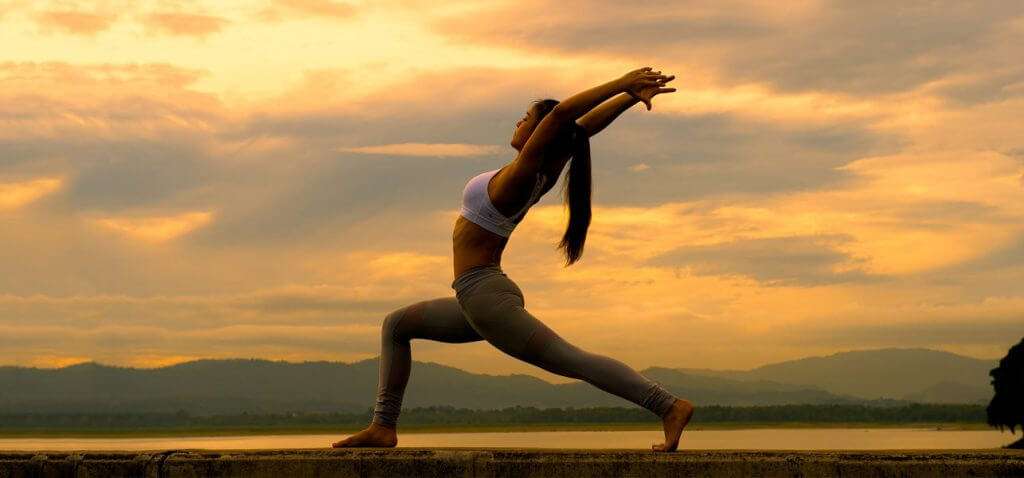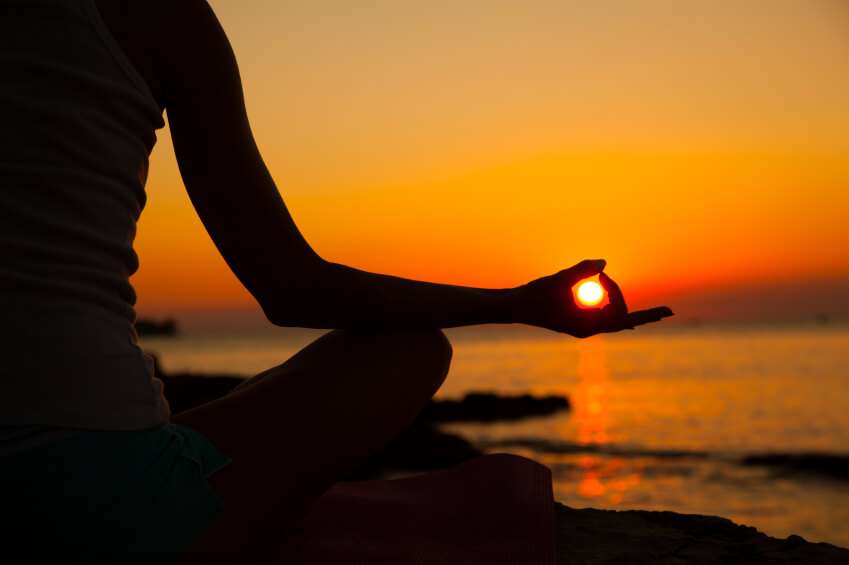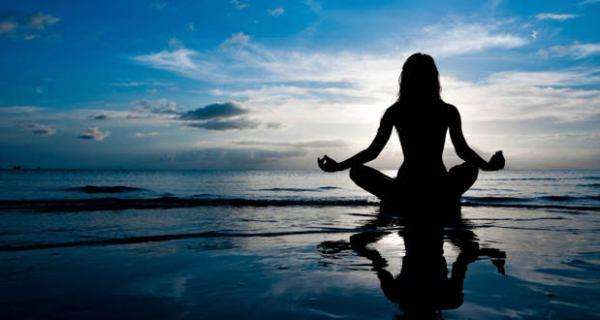Yoga has become an important part in every ones lifestyle , people seek it for fitness, for overcoming various health issues for bringing positivity in life , for living a healthy lifestyle at the core….Yoga helps human body in many ways including lowering of blood pressure, lowering of body weight, lowering the risk of heart disease as well as keeping mind healthy and sharp. in other words yoga does not only benefit you physically but also helps you mentally. We all have seen how yoga has taken the world by storm, people like Baba Ramdev, Bikram Choudary are coming in limelight because of it.

Lately there have been cases in the past in which the United States Patent and Trademark office has granted patent to scientists for things we have known for generations. For example they have granted patent to two scientists who claimed to have discovered the healing properties of turmeric. Since our childhood, our grandparents and ancestors have been advising us to apply turmeric in cuts and wounds for healing and adding turmeric to milk for cold and other such health issues. So how have they get away with this? there is very simple explanation to it, when no one in the USPTO was even aware of this, still people had this belief that it has certain healing properties and it is novel and innovative. It was then that the CSIR applied for re-examination of the patent. After a brief investigation and a lot of evidence form CSIR’s side the USPTO then thought that it had made a mistake in granting a patent for turmeric and revoked it. It was then after this case, and by basmati rice case it became certain to protect our traditional knowledge.
Need for Traditional Knowledge Digital Library
TKDL is basically a digital archive of our traditional and ancient knowledge like medicinal formulation etc. This is a way by which our traditional knowledge is protected form unethical patents and biopiracy. So now what does Traditional Database has to do with Yoga?

Copyrighting Yoga
You may have heard about about Bikram Yoga or Hot Yoga. Bikram Yoga is a sequence of 26 Yoga asanas and an additional 2 unique breathing techniques done in a hot room around 45C. This hot room is supposed to mimic the weather in India. Bikram Choudary is the man who started Bikram Yoga is a famous man who started Bikram Yoga is famous all over the world and especially the USA for basically introducing yoga to the mainstream western world. In 2011, he filed over 3 lawsuits saying that Hot Yoga or Bikram Yoga is his property and anyone using the asanas or propagating Hot Yoga would be infringing on his copyright. The question is that is Bikram Yoga so different that it can be copyrighted? Under US Copyright Laws choreography can be copyrighted, but is it something brand new or is it a new sequence of already known exercises? Initially the Lower Court sided with Bikram Choudary and said that there exists a copyright of Bikram Yoga.

It was in the 2012 review that the US Copyright Office made a definite statement that yoga asanas and sequences are not entitled to protection under the copyright law. This was followed by an overruling in the Bikram Yoga case where the US Federal Court took away the copyright and stated that this yoga sequence is not a creative compilation of exercises and is therefore not copyright-able. It was after this case that the CSIR realized that it’s not only our traditional medicines that are stake but also our traditional ways. Gurus and experts in the field of yoga documented over 900 asanas and entered them into the digital library. This was a case in abroad, then what about in our very own country? Have people asked to copyright yoga?
Yoga as a Trademark
In the IIS case the plaintiff claimed that the term “Pranic Healing” was trademarked by them and they also claimed that the term has attained or got a secondary significance because of palintiff’s long standing use of it. The defendant’s argued that the term “Pranic Healing” is a public right and also a term is of generic nature. These two arguement were made to dismiss the plaintiff’s Trademark claim and claim that they had secondary significance respectively. The court also felt that the IIS committed “fraud upon the register” because they knowingly applied to trademark a generic term which had no distinctiveness. Therefore it could be derived form the decision in the court that terms such as yoga, pranic healing, pranayam, or any other term that has no distinctiveness and has its roots deep in our ancient tradition cant be simply trademarked.
Patenting Yoga
The idea of patenting is infact quite absurd. We know that Yoga asanas cant be copyrighted or trademarked but only could be patented. For anything to get patented there are certain requirements and pre-requisites: it should be novel, unique and profitable. if someone trying to patent yoga asana should fulfill all these criterias. A yoga position cannot be novel or unique as it has been already present since the beginning of time and there are tons of written and other materials to prove this.

The CSIR also has put down most of the yoga asanas in the Traditional Knowledge Digital Library therefore in the pre-grant stage itself they can file an opposition against anyone who would try to patent a yoga asana. Since almost every person who has mastered yoga knows every asana and teaching then it would be impossible for it to be unique, innovative and therefore would rarely be profitable. But what if this person has come up with a brand new asana or a brand new way to do an asana? According to historians and gurus who are well learned in this field, it is highly impossible for there to be a brand new asana or a brand new way to practice an asana. This is because the knowledge of yoga has existed probably even before the Indus Valley Civilization (the first civilization of mankind) and every possible yoga asana and way to do these yoga asanas have already been discovered or thought of.





